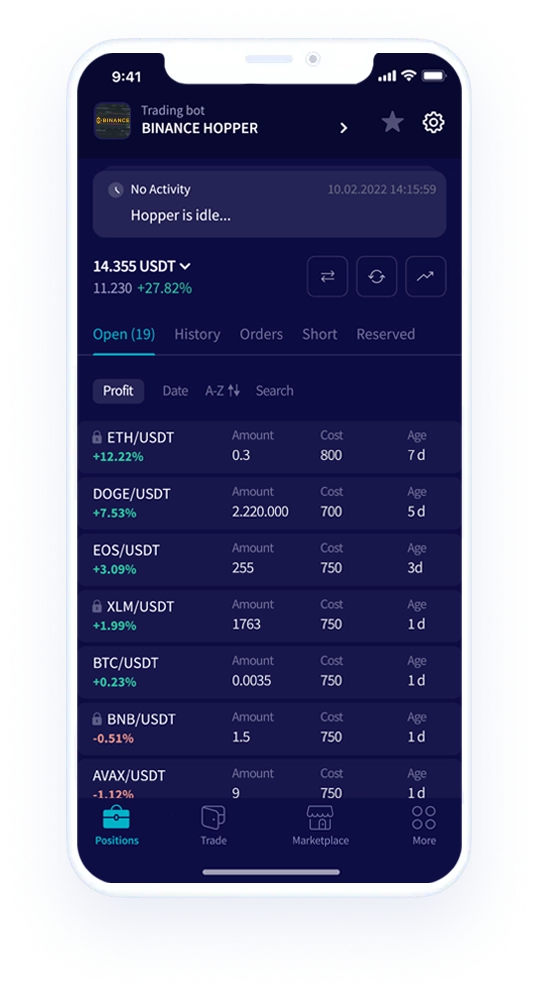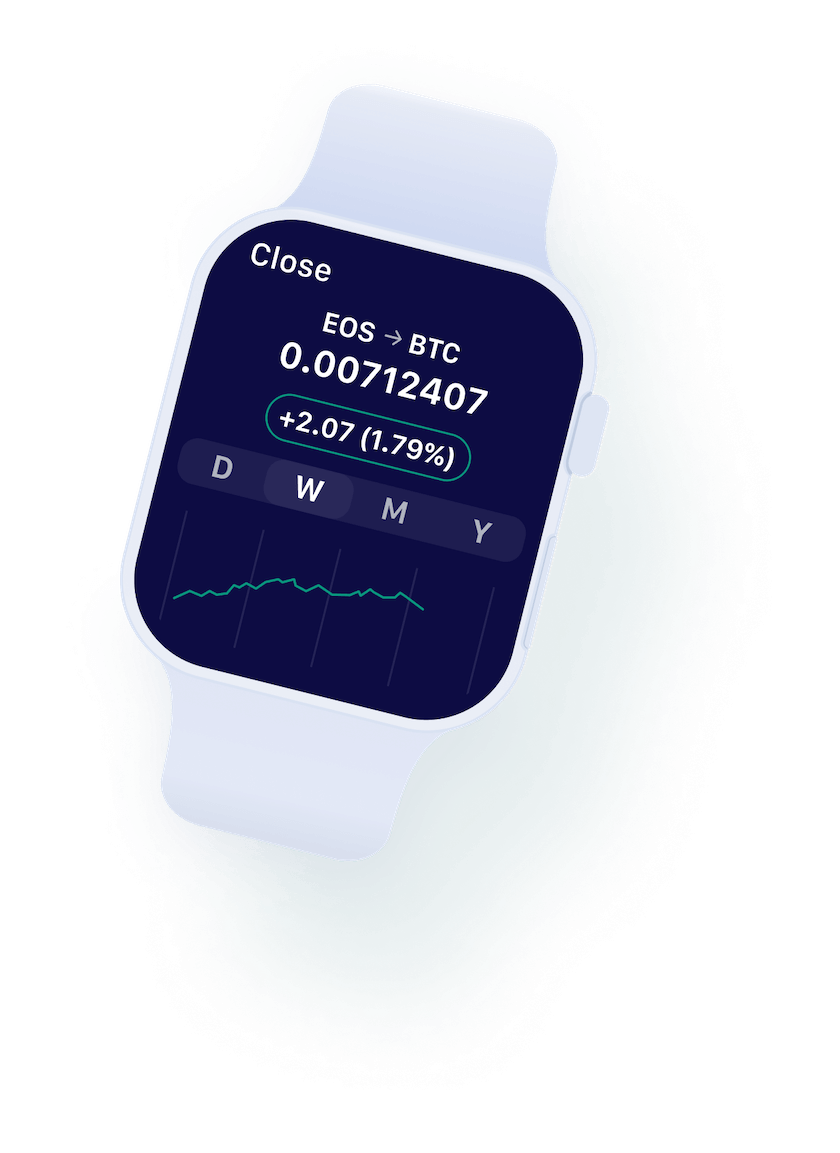From Obscure Computer Science Experiment to Digital Gold
Bitcoin began its journey in 2008, emerging from the release of a whitepaper titled Bitcoin: A Peer-to-Peer Electronic Cash System by an anonymous figure or group known as Satoshi Nakamoto. The paper outlined a groundbreaking concept for a decentralised, trustless, P2P digital currency that did not rely on traditional financial institutions or third-party intermediaries. In January 2009, Nakamoto launched the Bitcoin network with the mining of its first block, known as the “genesis block,” embedding a cryptic message referencing the financial instability of the time. This marked the inception of Bitcoin as both a currency and a novel form of digital technology, underpinned by blockchain, a public, immutable ledger designed to ensure transparency and security.
Bitcoin introduced the technical breakthrough of creating digital scarcity. Unlike previous attempts at digital currencies, Bitcoin employed a decentralised consensus mechanism called Proof of Work (PoW), which required participants to solve computationally intensive puzzles to validate transactions and secure the network. This innovation solved the “double-spending problem,” ensuring that digital assets could not be copied or counterfeited. By limiting Bitcoin’s total supply to 21 million coins and distributing control across a global network of nodes, it established a form of currency immune to centralised manipulation, monetary inflation, or censorship, a system robust enough to function independently of any single entity.
Over the next decade, Bitcoin evolved from an obscure experiment among computer scientists and cryptography enthusiasts into a widely recognised digital asset. Early milestones included its first real-world transaction in 2010 when 10,000 bitcoins were famously exchanged for two pizzas, and the subsequent development of the first cryptocurrency exchanges like Mt. Gox, which enabled broader participation. The early development of industrial Bitcoin mining began as enthusiasts transitioned from hobbyist setups using CPUs and GPUs to specialised ASIC machines, enabling large-scale operations that significantly increased network hash power and mining efficiency. WikiLeaks’ adoption of Bitcoin in 2011, after traditional payment systems cut off support, brought Bitcoin into the mainstream by demonstrating its potential as a censorship-resistant financial tool, garnering global attention and legitimising its use case as a decentralised currency. Bitcoin’s decentralised nature and resistance to control made it a haven for individuals in economically unstable regions, a tool for financial inclusion, and, for many, a hedge against traditional financial systems. Its ability to operate without central authority or downtime earned it the reputation of being a “trustless” and resilient currency.
Bitcoin’s influence extends far beyond its initial purpose as a peer-to-peer digital currency. It has spawned an entire asset class of digital assets which all trace their inspiration back to Bitcoin, spawning thousands of cryptocurrencies and decentralised financial applications. This new ecosystem has driven innovation in areas like programmable money, Decentralised Finance (DeFi), and Non-Fungible Tokens (NFTs). Despite criticism over its energy consumption, regulatory scrutiny, and price volatility, Bitcoin’s foundational principles, digital scarcity, decentralisation, and programmability, have redefined how value is stored and transferred in the digital age. It remains a testament to the power of cryptography and decentralised technology to withstand both human and systemic challenges, offering a resilient alternative to traditional monetary systems.
Join the discussion about Bitcoin in our Discord!
The Fundamentals Backing Bitcoin’s Meteoric Rise to $100k
Bitcoin’s rise to an all-time high of $100,000 USD is underpinned by its unique market fundamentals and inherent qualities that distinguish it from traditional assets. One of its most defining attributes is its fixed supply of 21 million coins, which creates digital scarcity and positions Bitcoin as a universal hedge against inflation. Unlike fiat currencies, which can be printed in unlimited quantities, Bitcoin’s issuance is algorithmically controlled and gradually decreases over time through its halving mechanism. This predictable monetary policy contrasts sharply with the relative unpredictability of central banks, attracting investors seeking a store of value resilient to monetary debasement.
The key driver is Bitcoin’s decentralisation and censorship resistance characteristics, which reinforces its appeal as a trustless, borderless currency. Operated by a distributed network of mining nodes rather than a central authority, Bitcoin ensures transparency and security through its immutable ledger. This decentralised nature makes it immune to government intervention or centralised failure, offering a unique value proposition as a global financial asset which exists outside the global financial system. Additionally, its permissionless design allows anyone with an internet connection to participate, making Bitcoin a tool for financial inclusion and access, particularly in regions with unstable currencies or restrictive financial systems.
Bitcoin’s growing institutional adoption has also played a significant role in driving its value to unprecedented heights. The approval of Bitcoin ETFs in January 2024 has significantly driven institutional demand in this market cycle by providing a regulated and accessible vehicle for large-scale investors to gain exposure to Bitcoin without directly holding or managing the cryptocurrency. Major financial institutions, corporations, and investment funds have increasingly recognised Bitcoin as a legitimate asset class, incorporating it into their portfolios as digital gold. Publicly traded companies like MicroStrategy and Tesla, as well as traditional banks offering Bitcoin custodial services and exchange-traded products, have bolstered its legitimacy in mainstream finance. This institutional interest has not only increased demand but also reduced perceived risk for retail investors, further driving adoption and price appreciation.
Bitcoin’s network effects and maturing ecosystem have reinforced its market dominance. As the first cryptocurrency, Bitcoin enjoys a strong brand identity and robust infrastructure, including widespread acceptance, established exchanges, and advanced custody solutions. The growing integration of Bitcoin into DeFi and popular payment systems, coupled with developments like the Lightning Network for faster and cheaper transactions, have expanded its use cases beyond a speculative asset. These factors, combined with its role as a digital store of value and medium of exchange, have propelled Bitcoin to unprecedented heights, reflecting both its market fundamentals and the global shift toward digital assets.
The Path Forward From Here
The introduction of Ordinals and Runes catalysed a surge of development within Bitcoin’s Layer 2 ecosystem, unlocking new functionalities and sparking a wave of innovation. Ordinals, which enabled the inscription of digital artefacts onto satoshis (the smallest unit of Bitcoin), brought NFT-like capabilities to the Bitcoin network. This expanded Bitcoin’s use case beyond its traditional role as a store of value and medium of exchange, creating a market for digital collectables secured by Bitcoin’s unparalleled decentralisation and security. Runes, meanwhile, added another layer of programmability, enabling the creation of more complex tokenised assets and applications on Bitcoin. Together, these technologies have sparked a flurry of development for a growing ecosystem of Layer 2 solutions, ranging from scaling technologies to specialised financial applications, extending Bitcoin’s utility far beyond its original design.
This explosion of development has also brought smart contracts and DeFi use cases, more commonly seen on Web3 protocols, to Bitcoin, areas previously dominated by other platforms like Ethereum or Solana. Bitcoin’s variety of new Layer 2 protocols have evolved to incorporate programmable features, allowing developers to build lending, borrowing, and trading platforms directly tied to Bitcoin’s blockchain. Emerging Layer 2 protocols are leveraging Bitcoin’s liquidity and security to create DeFi ecosystems that align with Bitcoin’s qualities of decentralisation and censorship resistance. These developments have made Bitcoin not just a competitor in the DeFi space but also a platform uniquely suited for trustless, programmable financial instruments.
Covenants are poised to significantly enhance smart contracts and Layer 2 solutions on Bitcoin by enabling more advanced control over how Bitcoins can be spent. Unlike traditional Bitcoin transactions, which allow unrestricted spending of outputs, covenants introduce the ability to define specific conditions under which outputs can be spent, adding a new layer of programmability. This improvement can bolster the functionality of Layer 2 solutions, such as the Lightning Network or Ark, by enabling more efficient channel management and trustless escrow mechanisms. Additionally, covenants open the door to sophisticated smart contract capabilities, including programmable security measures, DeFi protocols, and asset tokenisation directly on Bitcoin. By extending Bitcoin’s scripting capabilities while maintaining its foundational security and decentralisation, covenants represent a critical step forward in making Bitcoin a critical platform for complex financial applications.
Simultaneously, the legitimisation of Bitcoin as an asset, and digital assets as an asset class has been the primary driver of a “bitcoinification” of traditional finance, as financial institutions increasingly seek to integrate Bitcoin’s properties with existing systems. Bitcoin’s recognised status as digital gold has encouraged traditional finance players to explore its potential for tokenising real-world assets, such as real estate, equities, and bonds, on decentralised platforms, like the Liquid Network. These tokenised assets, secured on Bitcoin-based Layer 2 solutions, promise greater liquidity, transparency, and efficiency compared to conventional systems. By blending Bitcoin’s trustless architecture with traditional financial instruments, these efforts aim to revolutionise how securitised products and real-world assets are traded and managed.
The convergence of fintech and Bitcoin’s decentralised principles is also driving innovation in areas such as payment systems and cross-border transactions. As financial institutions adopt Bitcoin-backed technologies, they are exploring ways to harness its programmability and scalability for enhanced financial services. This includes creating Bitcoin-based ETFs, integrating Bitcoin with payment apps, and leveraging Layer 2 solutions to support high-speed, low-cost transactions, and asset tokenisation. These developments not only enhance Bitcoin’s value proposition but also solidify its role as the foundation of a broader digital asset economy, bridging the gap between traditional finance and decentralised systems in a way that could transform global financial markets.
The post appeared first on Bitfinex blog.

